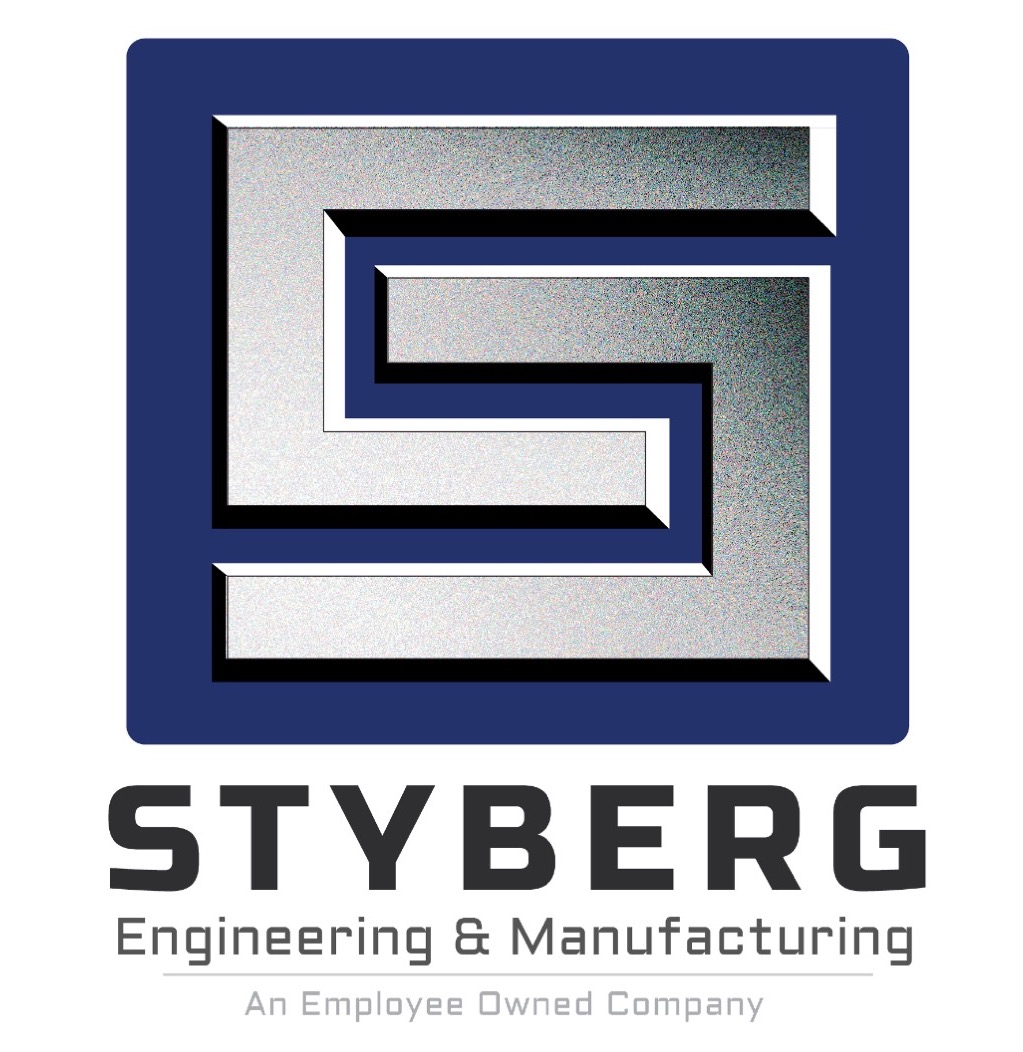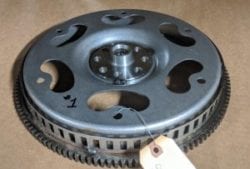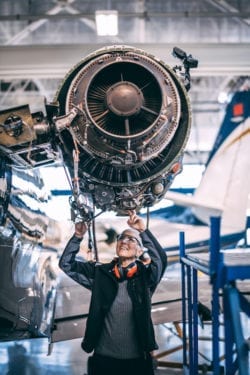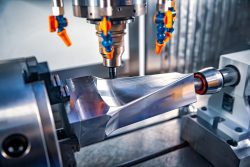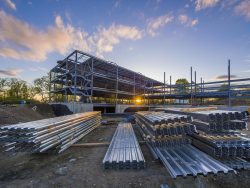Understanding The Role Of CAD And CAM In CNC Machining Service In Detroit
Computer Numerical Control (CNC) machining services have become a popular choice for manufacturing parts and components with high precision and accuracy. These services use computer-controlled machines to produce parts from a variety of materials, including metals, plastics, and composites. However, the accuracy and precision of these services are highly dependent on the use of advanced design software, such as computer-aided design (CAD) and computer-aided manufacturing (CAM). CAD/CAM software allows designers to create 3D models of parts and components, which can be used to program CNC machines to produce the exact specifications required. This post outlines the role of CAD/CAM in CNC machining service in Detroit and how this technology is transforming the manufacturing industry.
Understanding CAD in CNC Machining Services
Computer-aided design software enables our engineers to create 3D models of the parts or products that require machine processing. We then upload these models to the CNC machine, which generates the toolpaths necessary to create the desired product. CAD software can also help us detect potential design flaws during custom metal stamping and optimize the design for improved performance. The software flexibility in the design process enables the engineers to experiment with different shapes and sizes before settling on a final design. This eliminates the need for physical prototyping, saving time and money in the production process.
Understanding CAM in CNC Machining Services
Computer-aided manufacturing software enables the machines to execute the toolpaths generated by the CAD software accurately. This computer-aided manufacturing software reads the CAD data and generates G-code, a language that CNC machines use to operate. The software also manages the speed of our machines, feed rate, and other parameters we need to produce high-quality parts. Also, the software optimizes toolpaths to minimize tool changes, reduce cycle times, and improve overall efficiency. This reduces the time required to produce a part, which makes the production cost-effective.
Benefits of CAM/CAD in Our Services
The integration of such a software into CNC machining services has several benefits, including:
Improved accuracy: CAD/CAM software eliminates the potential for human error, resulting in consistent and accurate parts.
Enhanced productivity: We rely on this software to optimize toolpaths, reduce cycle times and improve efficiency.
Faster time-to-market: The software allows us to have rapid prototyping and design optimization, which guarantees faster product development.
Cost-effective: this software helps us to reduce cycle times and minimize material waste, leading to a reduction in production costs.
Quality control: This software enables our engineers to perform simulations to identify and address any potential design or manufacturing issues.
Limitations of CAD/CAM in CNC Machining Service
Despite its numerous benefits, CAD/CAM software has its limitations. For instance, we capitalize on specialized training to use these tools effectively, and the software can be expensive. Additionally, the program may not be suitable for producing very complex geometries or unique shapes. However, we use other effective alternative when we need sophisticated designs for our clients.
Future of CAD/CAM in the Industry
The future of such software in computer numerical control machining services looks promising. The integration of artificial intelligence and machine learning technologies into these software programs will enhance functionality in every punch press shop. We look forward to using these technologies to improve design optimization and quality control. The incorporation will result in highly efficient production processes and quality parts.
